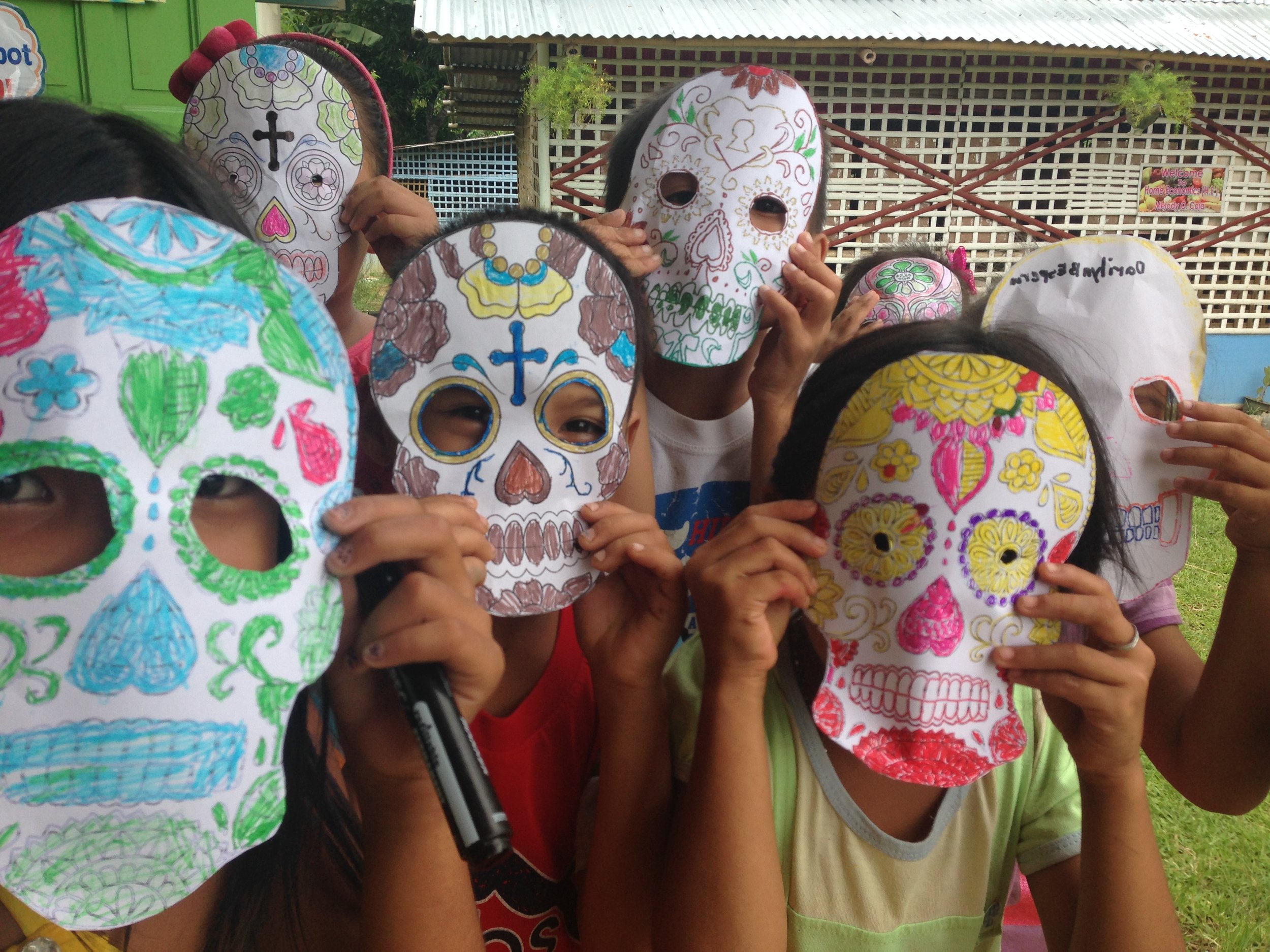On November 8, 2013, Typhoon Haiyan hovered over Capiz
for more than five hours, devastating the province, and destroying homes and schools.

Working with Advancement for Rural Kids, Inc. (ARK), Global Playground has built three new classrooms for students at Mangoso Elementary School in Sigma, Capiz, Philippines.
The rebuilding of these classrooms is a dream come true for the Mangoso people, who have contributed materials and labor to help Global Playground work towards realizing this dream.
ARK partners with rural communities in the Philippines to feed kids, get them back to school, and create new income for their families. Among other projects, ARK has piloted a school-feeding program to address malnutrition in rural communities.
The barangay of Mangoso is characterized by its expansive plains used for rice farming. There are 2,125 residents of the village, most of whom are rice farmers who earn $2-3 per day.
On November 8, 2013, Typhoon Haiyan hovered over Capiz for more than five hours, devastating the province, destroying homes and schools, and making life very challenging for hundreds of thousands of residents of the province, including in Mangoso.
Mangoso Elementary School serves a population of 378 students and 15 teachers. Typhoon Haiyan damaged all of the classrooms at the school, six of which were completely destroyed. Global Playground contributed $30,000 to rebuild three of the third and fourth grade classrooms that were destroyed. A water catchment has also been affixed to the roof of these classrooms to capture fresh drinking water for the community.
Placed at Agsilab Elementary School on the Northern shores of Panay island, Hannah Bunting served as Global Playground’s 2017-2018 Fellow where she conducted a year-long “After School Arts” program for grades 4-6 and a crafts-based “Around the World Arts” educational lunch program for grades Kindergarten-3. Using artistic media of storytelling, poetry, visual arts, theatre, and dance, the students of Agsilab Elementary were able to learn about the world’s many and diverse cultures.





for more than five hours, devastating the province, and destroying homes and schools.
at the school, six of which were completely destroyed.
to rebuild three of the third and fourth grade classrooms that were destroyed.
In 2011, the Philippines overhauled its education system by making K-12 education compulsory. Previously, education was only compulsory for children ages 6-11. The new system features a more comprehensive curriculum focused on strengthening early childhood education, improving contextualization and integrated learning, boosting multi-language proficiency, and providing greater preparation for higher education and a modern workforce. Although the Philippines has managed to obtain almost universal primary education enrollment, there are distinct regional differences. For example, in Manila 100% of students finish primary school, but in Mindanao and Eastern Visayas less than 30% finish (1).
UNESCO statistics (2008-09) highlight the conditions of the Philippines’ previous system: the net enrollment rate at the primary level was 88.2%, yet dropped to 61.4% at the secondary level. Additionally, only 75.8% of students continued to the last grade of primary school.
Education expenditures in 2009 encompassed 2.7% of the Philippines’ GDP and 13.2% of its total government expenditures. Investment in education has been rising, however, as the 2013 education budget increased 22.6% from the previous year’s total. Global Playground’s investment in Mangoso Elementary School will greatly increase opportunities for its students.
During early Spanish expeditions, explorers came across the Philippines, naming the islands Las Islas Filipinas in honor of the Spanish King Philip II. The Philippines was a Spanish colony from 1521 to 1898, after which it became a colony of the United States.
The Philippines gained independence in 1949, the first Southeast Asian country to do so.
There are 175 languages and dialects in the Philippines, 171 of which are actively used in the country (2).
1. Clark, Nick. “Education in the Philippines.” World Education News & Reviews. July 8, 2015.
2. “63 Interesting Facts About the Philippines.” Random Facts. (2015).